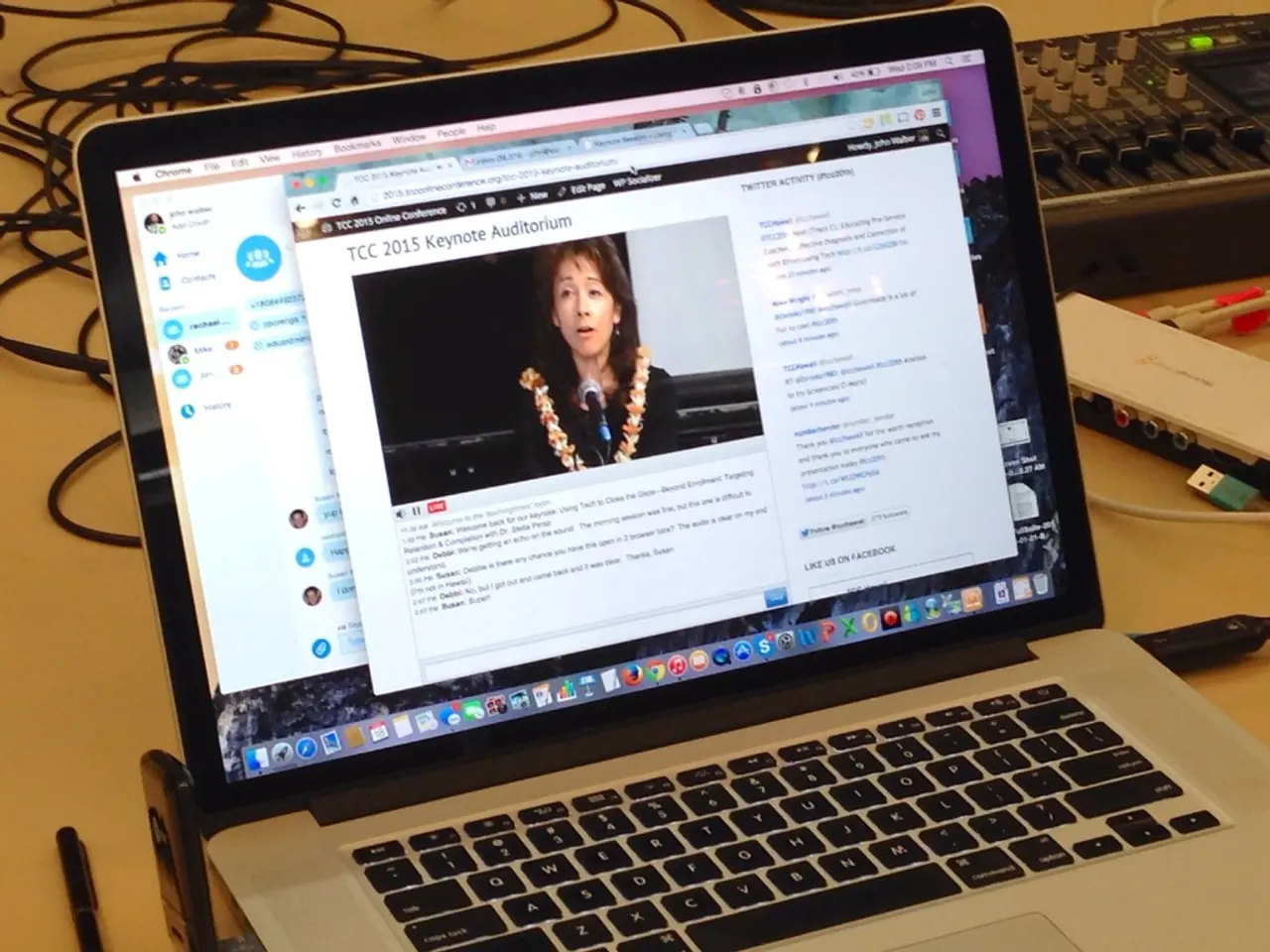Strategies for Efficient Time Usage to Achieve Daily Success and Boost Productivity
Mastering Time Management for Daily Success
Effective time management is a crucial skill for achieving daily success. Here are some techniques that can help you streamline your workday and combat procrastination.
Time Blocking
One of the most effective methods for improving time management is time blocking. This approach involves dividing your day into fixed time blocks dedicated to specific tasks. By treating time like an appointment, it becomes harder to defer or procrastinate. Time blocking ensures dedicated time for crucial work, helps visualize the day's flow, and prevents reactive work.
Prioritising Tasks
To prioritise tasks effectively, you can use the Eisenhower Matrix. This methodology prioritises tasks based on their urgency and importance. By focusing on the 20% of tasks that deliver 80% of the results, you can prioritise important work and avoid procrastinating on less impactful activities.
Setting SMART Goals
Setting Specific, Measurable, Achievable, Relevant, and Time-bound (SMART) goals creates clear action steps and deadlines, reducing avoidance caused by vague or overwhelming tasks.
Combat Procrastination
To combat procrastination, consider the "Eat the Frog" method. This approach involves tackling your most difficult or important task first thing in the morning. Another effective technique is the Two-Minute Rule: immediately do any task that takes two minutes or less to complete rather than putting it off.
Using Technology Tools
Apps like Forest (which gamifies focus), StayFocusd (which blocks distracting sites), and Focusmate (which pairs you with accountability partners) can create external structures that reduce procrastination triggers and increase motivation.
Organizational Strategies
Making detailed to-do lists, prioritising tasks, and scheduling deadlines helps manage overwhelm and keeps procrastination at bay by providing clarity and structure.
Pomodoro Technique
The Pomodoro Technique is another methodology that focuses on work intervals with breaks, combating procrastination and maintaining focus.
Focusing on What Matters
The real secret to mastering time management for daily success is intentionality - knowing what matters most and aligning actions with those priorities.
Time Tracking and Task Management
Time Tracking Apps like Toggl Track and RescueTime help understand where time is actually spent, identify time sinks, and improve estimation for future tasks. Task Management Software like Todoist, Asana, Trello, and Microsoft To Do help capture, organise, and track to-do lists and projects.
Note-Taking Apps
Note-Taking Apps like Evernote, Notion, and OneNote are crucial for capturing ideas, meeting notes, and project details.
Preventing Burnout
Effective time management isn't just about maximising work output; it's crucially about scheduling breaks, downtime, and personal activities. Schedule breaks and downtime to prevent burnout and maintain mental sharpness.
Managing Distractions
To handle constant distractions and interruptions, identify time-wasters, turn off notifications, set specific times to check email, use noise-canceling headphones, and communicate focus times to colleagues or family.
Consistency is Key
Effective time management isn't a one-off project; it's a continuous practice built on consistent habits. To stick with time management habits long-term, don't aim for perfection, aim for consistency, build small, manageable habits, review progress regularly, celebrate small wins, and remember your 'why'.
Example Use Case
A freelance graphic designer, for instance, uses Todoist to manage client projects and deadlines, blocks out design time in Google Calendar, activates Forest to prevent social media distractions, and reviews Toggl Track data to see how much time was spent on billable work versus administrative tasks.
In summary, techniques that create structure, clarify priorities, set actionable goals, and use both psychological and technological support have proven effective in reducing procrastination and improving time management. Starting tasks promptly and breaking work into manageable blocks are especially critical interventions.
Effective personal growth and productivity can be enhanced by implementing time management strategies like time blocking, setting SMART goals, and using technologies like Focusmate and Forest to reduce distractions. Achieving daily success often relies on focusing on what matters most, as emphasised by the Pomodoro Technique and the "Eat the Frog" method. Moreover, consistent habits in management and organized tools like Evernote and Asana can aid in the prevention of burnout and the capture of important ideas.




